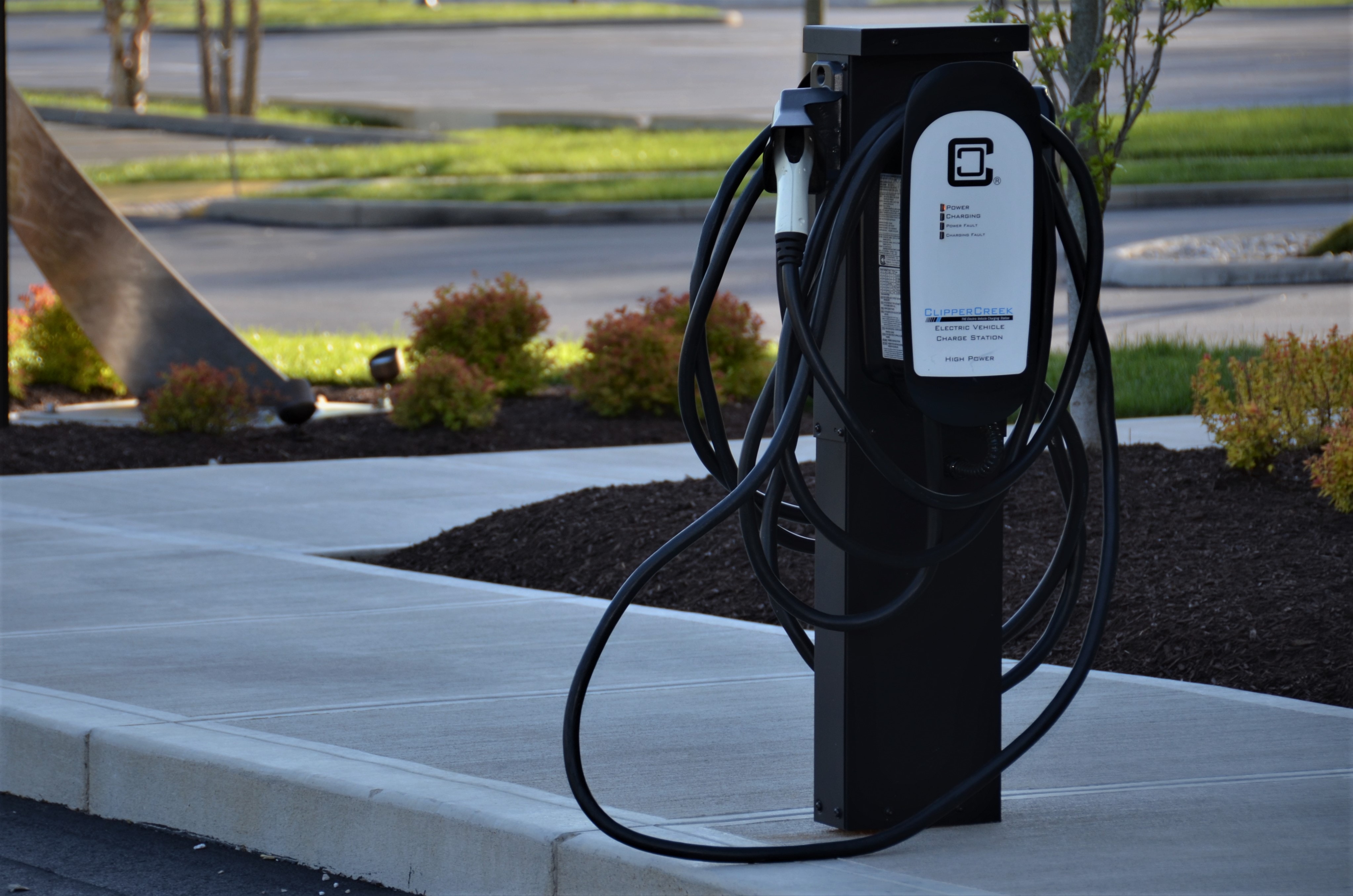From the 10th June 2025 the UK Government changes to the driving licence regulations for electric minibuses come into action. Previously, electric minibuses could only be driven with D1 entitlement, because anything above the 9-seaters were over 3500kg. The change in regulations means drivers with B1 car licences can now drive the heavier 12-16 seat electric minibuses.
Key Changes to Driving Licence Regulations
Drivers holding a standard Category B licence, a car licence, will now be able to drive ZEV (zero emission vehicles) with a GVW of up to 4,250 kg; the previous limit was 3,500kg. This change is in acknowledgement of the additional weight of the battery in an electric vehicle.
This change in regulations removes the D1 barrier for schools that want to adopt an electric fleet but have younger drivers with no inherited D1.
As with diesel minibuses, there is an additional allowance of 750kg for vehicles with wheelchair access for disabled passengers, bringing the allowable GVW up to 5,000 kg.
Weights of electric minibuses
9-seat electric minibuses, technically classed as cars, could always be driven on a standard car licence as their GVW was under 3,500kg. The popular choices for 9-seat electric vehicles for UK schools and organisations are the Toyota Proace Versa electric, Vauxhall Vivaro Life and Citroen eSpace Tourer with GVW ranging between 2,800-3,100 kgs.
The 9-seat MAXUS eDeliver9 WAV (Wheelchair Accessible Vehicle) could also be included in this category, as it could (and can still) be driven on a standard B1 car licence.
12-16 seat electric minibuses
Larger electric minibuses including the MAXUS eDeliver9 14-seat minibus or the Ford eTransit with 15 seats with a GVW of 3500-4250kg depending on configurations, can now also be driven on a B1 car licence.
Additional driver training for heavier vehicles
Even though D1 entitlement is no longer required for these heavier electric minibuses, Rivervale will always recommend additional practical driver training whether it is D1 driver training or MiDAS for anyone driving a minibus, diesel or electric, because the sizes and weights of minibuses are significantly different from those of a car. Even 8-9 seat minibuses, classed as cars, can be significantly larger than the average hatchback. Electric minibuses also have additional features drivers of petrol/diesel vehicles may not be aware of.
As well as addressing driver confidence with these larger vehicles, driver training can cover other considerations before they are taken out on the road including:
- Appreciating the dimensions of the larger vehicle
A Ford Transit 17 seat minibus is 54% longer, 37% wider (including wing mirrors) and 82% higher than your average hatch back. If you’re used to driving a car, it is easy to forget how much heavier, wider and taller the minibus you are driving is; leading to common damage such as roof strikes and wing mirror damage.
- Reduced manoeuvrability:
The extra weight of the vehicle will shift the minibus’ centre of gravity, making it harder to handle, especially in tight turns and small spaces. For those not used to reversing, turning and parking larger vehicles this can present an issue and can hamper journeys and lead to dents and scrapes.
- Greater stopping distances
Heavier vehicles require more time and distance to stop due to increased friction and momentum. Understanding stopping distances is an important part of road safety.
- Regenerative braking
Many electric minibuses have regenerative braking, to recharge the battery during deceleration and braking. Drivers need to know this should be turned off on motorways or fast/busy roads.
- Rapid acceleration
Some electric minibuses accelerate faster than many of their petrol and diesel equivalents. It’s recommended that you become familiar with this difference in driving before going out on the public highway.
- Silent operation
Electric vehicles are generally quieter than their diesel counterparts. Drivers need to appreciate that pedestrians and other road users may not heat their approach as easily.
- Increased risks in collisions
Heavier vehicles are more likely to cause serious injuries or fatalities in collisions, especially with lighter third-party vehicles.
- Visibility issues
Larger vehicles have increased blind spots and can obstruct the view of other drivers, making it challenging to safely pass and manoeuvre around them.
Rivervale recommend that anyone planning to drive a minibus on a regular basis undertake some form of training, ideally both theory and practical, so that they are aware of the issues and challenges of driving larger vehicles, whether this is MiDAS or a practical driving assessment with Rivervale.
Driving Electric Minibuses on a car licence
The change in licensing regulations for ZEVs is particularly good news for schools operating under a Section 19 Permit, who want to reduce their carbon footprint and increase their environmental credentials, but whose drivers do not have D1 entitlement.
If you’d like a quote for an electric minibus or discuss driver training options please give the Rivervale Minibus team call on 01869 253744 or email minibus@rivervale.co.uk.

